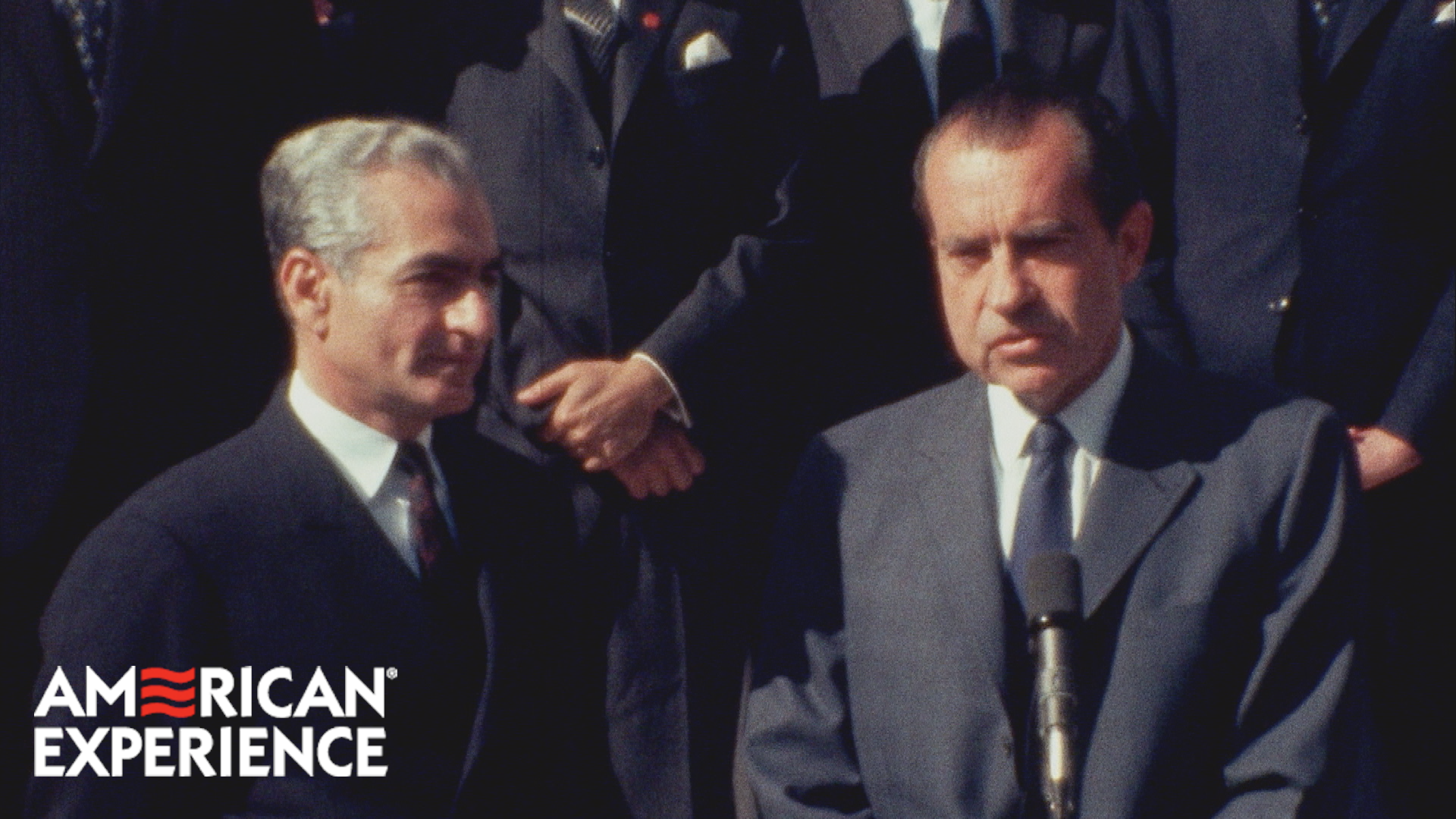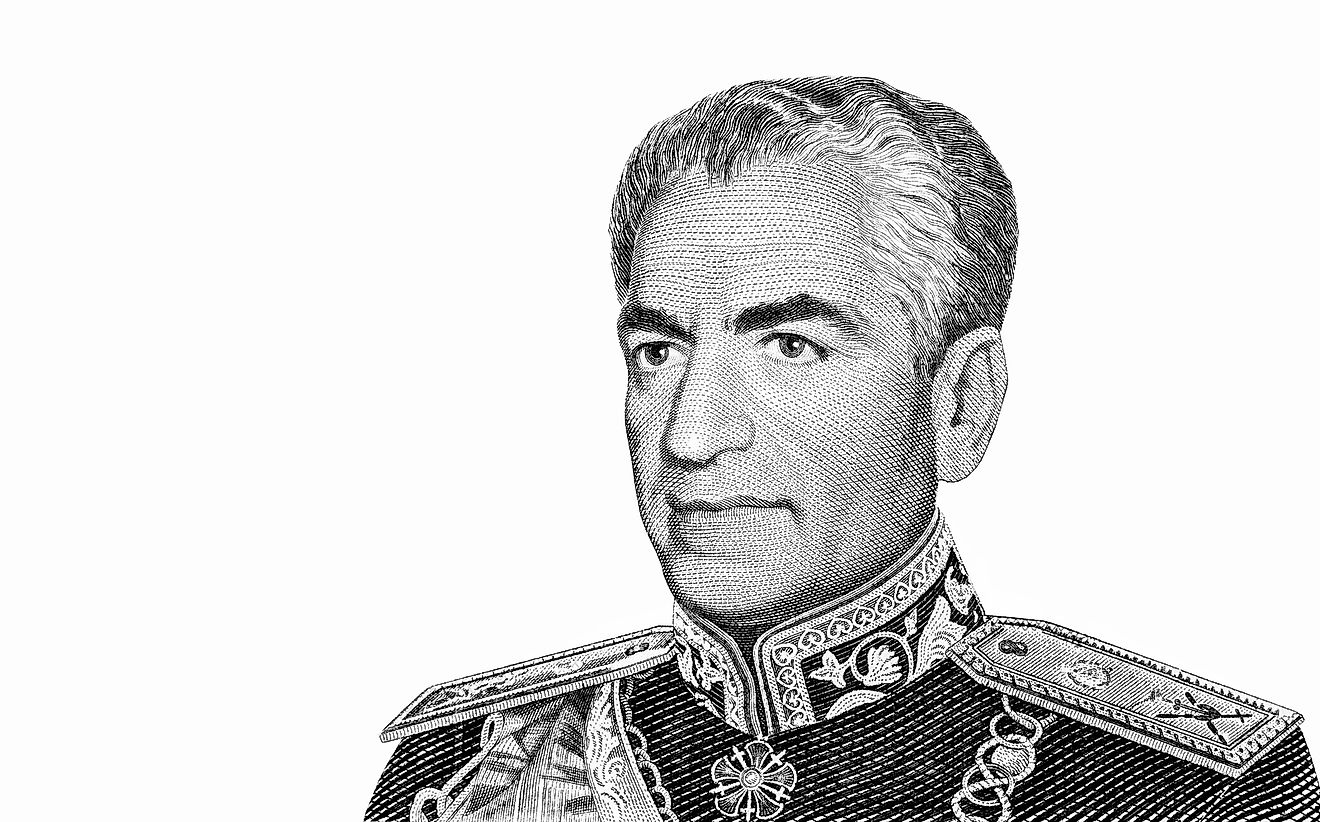Was The Shah Of Iran A Good Leader - A Look Back
Figuring out if Mohammad Reza Pahlavi, the last Shah of Iran, was a truly good leader or someone who caused more trouble than he fixed can be a bit of a puzzle for many people. It is, you know, a discussion that has been going on for a very long time, with folks on all sides holding very strong opinions about his time in charge. Some people, for example, look back at certain pictures from that period, which actually show just how dramatically different the country was during the Shah's rule, especially before the revolution.
This deep dive into his rule isn't just about picking sides, but more about trying to get a feel for the different aspects of his leadership. We'll be looking at his ambitious plans for the country, the big changes he brought about, and also, quite honestly, the widespread unrest and criticism that popped up during his years in power. It's a story, you see, that truly has many layers, and it’s not really as simple as a yes or no answer.
To really get a sense of his impact, we have to consider his time from the lens of that specific period, rather than comparing it directly to the world we live in today. His time in power was highly controversial, with a legacy shaped by both modernization efforts and, too, a kind of authoritarian way of governing. This article, then, aims to explore the various facets of his leadership, drawing directly from what we know about his reign.
Table of Contents
- Mohammad Reza Pahlavi - A Life Story
- What Kind of Leader Was the Shah of Iran?
- The Push for a Modern Iran - Was the Shah of Iran a Good Leader for Progress?
- Economic Shifts and What They Meant
- The Shadow of External Influence - Was the Shah of Iran a Good Leader Despite Interventions?
- The Seeds of Discontent - Was the Shah of Iran a Good Leader for All People?
- The End of an Era - The Iranian Revolution
- A Continuing Conversation
Mohammad Reza Pahlavi - A Life Story
Mohammad Reza Pahlavi, as a matter of fact, holds a really significant place in the long and quite turbulent history of Iran. He was, you see, the very last Shah, or king, to sit on the throne of Iran, ruling from 1941 until he was overthrown during the Iranian Revolution of 1979. His reign, really, saw some truly big political, economic, and social transformations across the country. Yet, it was also a period that was marked by a whole lot of widespread unrest and, well, quite a bit of criticism too. His time in power was, in some respects, highly controversial, with a lasting impact shaped by both his efforts to modernize the nation and, at the same time, a way of governing that many felt was quite authoritarian.
Before Mohammad Reza Pahlavi took the reins, his father, Reza Shah Pahlavi, who was originally known as Reza Khan, had already made a name for himself. Reza Khan, you know, rose to prominence as the person who established the Pahlavi dynasty and, in a way, laid the groundwork for modern Iran. His really sharp leadership and his military skill allowed him to take control of Tehran back in 1921. Later, he became Shah himself after removing Ahmad Shah Qajar from power in 1925. Reza Shah's own time in charge was marked by extensive efforts to modernize the country. He pursued reform, but quite selectively, updating the educational and judicial systems, yet still keeping some economic concessions from the earlier Qajar era that many found unpopular. Interestingly, he was forced to step down in 1941, making way for his son, Mohammad Reza Pahlavi, to take over.
It's worth remembering that the title of "Shah of Iran" has a very long and storied past. The first Persian, or Iranian, empire was founded by Cyrus the Great in 550 BC, after he took Babylon from the Babylonians. Since then, Iran's long and often tumultuous history has seen many rulers, kings, and emperors, and we generally refer to them as the Shah of Iran. This historical backdrop, you know, really helps us see Mohammad Reza Pahlavi’s rule not just as an isolated event, but as part of a much longer tradition of leadership in a land that is steeped in antiquity, the very heart of the Middle East.
- Qolka Qarxiska Wasmada Telegram
- Ww Xx Ww Xx
- Wisconsin Volleyball Team Lek
- T%C3%A3rbanl%C3%A4 Sotwe Twitter
- Ellen Albertini Dow
Personal Details and Bio Data
| Full Name | Mohammad Reza Pahlavi |
| Title Held | Shah (King) of Iran |
| Reign Period | 1941 - 1979 |
| Father's Name | Reza Shah Pahlavi (Reza Khan) |
| Mother's Name | Taj ol-Molouk |
| Successor | Ruhollah Khomeini (Islamic Republic of Iran) |
| Overthrown By | Iranian Revolution of 1979 |
| Son's Name | Reza Pahlavi (born 31 October 1960) |
What Kind of Leader Was the Shah of Iran?
When people ask what kind of leader Mohammad Reza Pahlavi truly was, it really opens up a lot of different viewpoints. Some might say he was a forward-thinking ruler, someone who genuinely wanted to bring his country into the modern age. Others, on the other hand, might point to the more authoritarian aspects of his governance, suggesting that his rule was less about the people and more about keeping a tight grip on power. It's not, you know, a simple characterization, because his leadership was shaped by a lot of different factors, both internal and external, which we'll get into a little bit more.
His vision for Iran was, quite honestly, a grand one, often referred to as the "Great Civilization" (تمدن بزرگ). This big idea led him to oversee a very rapid period of industrial and military modernization. He also pushed through a lot of economic and social reforms across Iran. This period, arguably, saw some really significant economic progress, prompting some folks to argue that he was, in fact, a good leader, at least when it came to developing the country's economy. He really aimed to build a modern industrial base, moving Iran beyond its reliance solely on oil exports, which was a pretty big deal at the time.
The Push for a Modern Iran - Was the Shah of Iran a Good Leader for Progress?
Mohammad Reza Pahlavi's efforts to modernize Iran were, in some ways, quite sweeping. He wanted to see Iran stand shoulder to shoulder with developed nations, and to do that, he felt the country needed to catch up very quickly. This meant investing heavily in new industries, building up the military, and introducing changes to the way society worked. For instance, his father, Reza Shah, had already made moves to modernize educational and judicial systems, and Mohammad Reza continued some of these efforts. This push for modernization, of course, brought about many visible changes, like new buildings and new ways of life, especially in the bigger cities.
Yet, the question of whether this made him a "good" leader for progress is a bit more involved. While there was undeniable growth and transformation, the benefits weren't always felt by everyone equally. Some people, for example, might have felt left behind by these rapid changes, or that their traditional ways of life were being pushed aside. So, while progress in a certain sense was happening, the impact on the population was, you know, quite varied, and this often led to different opinions about the true nature of that progress.
Economic Shifts and What They Meant
The economic shifts during the Shah's rule were, honestly, quite dramatic. He really wanted to move Iran away from being just an oil-exporting nation and build a more diverse and strong industrial foundation. This ambition, in fact, did lead to some undeniable economic growth. Many would point to this period as a time when Iran's economy was, in some respects, truly expanding, and the country was, you know, becoming more integrated into the global marketplace. This is why some people will tell you that, from an economic standpoint, he was a good leader.
However, the economic picture wasn't entirely rosy for everyone. Despite the overall progress, our text mentions that at his time, a significant portion of Iran's population, around 50%, was living under the poverty line. This fact, in a way, raises questions about how broadly the economic benefits were distributed. It also suggests that while the country as a whole might have been getting richer, many ordinary people were still struggling. Some critics, you know, even pointed out that the Shah seemed to prefer celebrating with his wealthy European friends rather than focusing on fixing the country's internal economic problems for its own citizens, which, of course, caused a lot of frustration and resentment among the populace.
The Shadow of External Influence - Was the Shah of Iran a Good Leader Despite Interventions?
The story of the Shah's leadership is, in some respects, deeply intertwined with external forces, which makes the question of whether he was a good leader even more involved. Our text specifically mentions that the Iranian Prime Minister Mohammad Mossadegh was, you know, soon overthrown in a coup. This particular event was orchestrated by the CIA and British intelligence, and as a result, the Shah was reinstalled as Iran's leader. This kind of intervention, of course, raises serious questions about the true independence of his rule and, arguably, the extent to which he could truly act solely in Iran's best interest without external pressures.
For many, this historical event casts a long shadow over his reign. It suggests that his power wasn't entirely his own, and that foreign powers had a significant say in who led Iran. So, even if his intentions were good for the country, the fact that he was put back into power by outside forces could be seen as a mark against his leadership in the eyes of those who valued national sovereignty above all else. This aspect of his rule, naturally, complicates any simple assessment of whether he was a "good" leader, as it introduces elements beyond his direct control or choices.
The Seeds of Discontent - Was the Shah of Iran a Good Leader for All People?
While the Shah pushed for modernization and economic growth, it's also clear that his reign was marked by widespread unrest and quite a bit of criticism. This makes us wonder, in a way, if his leadership truly benefited all the people of Iran. The fact that the Iranian Revolution of 1979 ultimately led to his overthrow and the replacement of the imperial state with the Islamic Republic of Iran, with Ruhollah Khomeini taking over, speaks volumes about the level of dissatisfaction that had built up.
The text points out that even with economic progress, half of Iran's population was living below the poverty line. This stark reality, combined with perceptions that the Shah was perhaps too close to wealthy European friends and not focused enough on the struggles of his own people, certainly fueled a lot of the discontent. So, while some might argue he was good for the country's overall standing or economy, the experience for many ordinary Iranians was, you know, quite different, leading to the massive upheaval that eventually ended his rule.
The End of an Era - The Iranian Revolution
The Iranian Revolution was, as a matter of fact, a series of events that came to a head with the overthrow of the Pahlavi dynasty in 1979. This dramatic shift led to the imperial state of Iran being replaced by the Islamic Republic of Iran, and the monarchical government of Shah Mohammad Reza Pahlavi was, quite literally, superseded by Ruhollah Khomeini, an Islamist cleric who had been at the head of one of the rebel factions. It was a moment that truly changed the course of Iran's history, and, you know, reshaped the political landscape of the Middle East.
The revolution wasn't just a sudden event; it was the culmination of years of growing unrest and criticism. While some people might argue that the Shah was, in some respects, much better for Iran and the Middle East compared to the current government, they also often acknowledge that this doesn't automatically mean he was a good leader in an absolute sense. There's a common sentiment that his father, Reza Shah, on the other hand, truly built Iran from the ground up, and while he was a dictator, many consider him to have been a "good" one for his time. This comparison, of course, highlights the complex feelings people have about the Pahlavi era as a whole.
The debate about whether Mohammad Reza Shah Pahlavi was a good leader continues to spark discussion, even decades after his reign ended. It’s a really nuanced conversation, with people holding very strong opinions. Some historians and observers suggest that to truly understand his leadership, you need to view him through the perspective of the time period he came from, and not really compare him directly to the standards of the world today. For that specific time, some would indeed say he was a good leader, pointing to the visible changes and modernization efforts that took place during his rule.
A Continuing Conversation
The question of "was Mohammad Reza Shah Pahlavi a good leader?" is one that, you know, keeps on sparking debate. It’s a discussion that has been going on for a very long time, with folks on all sides holding very strong opinions about his time in charge. There are, for instance, those who point to the significant economic progress and the modernization efforts he championed, seeing them as clear signs of effective leadership. They might emphasize his vision of a "Great Civilization" and the tangible changes it brought to the country's infrastructure and military capabilities.
However, there are just as many, if not more, who focus on the widespread unrest, the authoritarian aspects of his governance, and the stark economic disparities that persisted during his rule. The fact that half of Iran's population was under the poverty line while the Shah was perceived to be celebrating with wealthy foreign friends is a point that, quite naturally, resonates deeply with critics. The overthrow of his government by the Iranian Revolution, too, serves as a powerful testament to the deep-seated dissatisfaction that eventually led to the end of his reign. This ongoing conversation, therefore, truly reflects the complex and multifaceted legacy of Mohammad Reza Pahlavi, a leader whose time in power continues to be viewed through many different lenses.

U.S. Support for the Shah of Iran: Pros and Cons | Taken Hostage | PBS

233 best Shah Of Iran images on Pholder | Iran, History Porn and Iranian

Eight Facts About the Shah of Iran - WorldAtlas